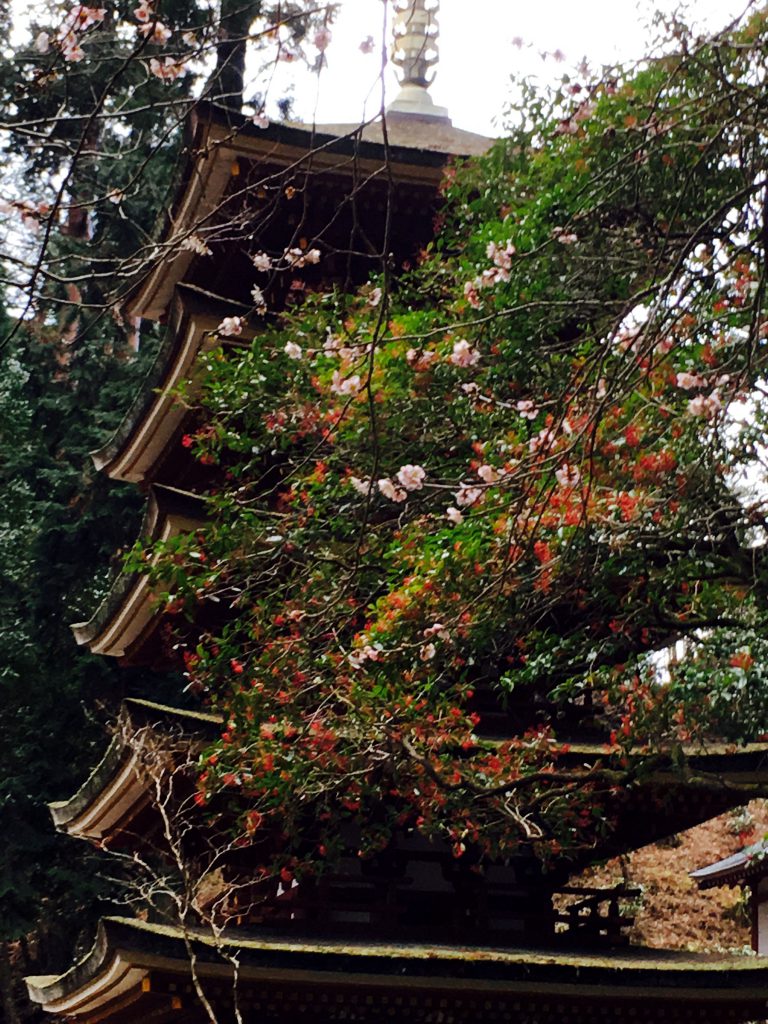
Murouji is a mountain temple located in Murou, deep in the Nara Basin and near the border of Mie Prefecture. Due to the volcanic terrain of Murou, there are many strange rocks and caves, and the caves were dragon holes, that is, sacred places of ancient religions that gathered the belief of rain as a resident of the dragon god. Eventually, Nara Buddhism, which was introduced from China, was organized as the Nanto Rikushu, and Murouji was built here as the branch temple of Kofukuji, the main temple of the Hosso sect. After that, Murouji Temple strengthened the esoteric Buddhism of Heian Buddhism (Shingon Buddhism, Tendai Buddhism), but it was still the branch temple of Kofukuji Temple. After then, in the Edo period, it became a Shingon sect temple with the backing of Keishoin, the mother of Tsunayoshi Tokugawa. Koyasan, the base of the Shingon sect, was once banned from women, but Murouji, where women were allowed to visit from that time, was given another name, “Women’s Koyasan.” At the entrance of the mountain gate, which is watched by the red and blue statues of Nio, there is a large stone monument deeply engraved with “Woman Koyasan Murouji”.
室生寺は奈良盆地の奥深く、三重県境に近い室生の地にある山岳寺院です。室生の地は火山性地形のため、奇岩や洞穴が多く、洞穴は竜穴、すなわち竜神の住み家として雨乞い信仰を集めた古代宗教の聖地でした。やがて中国から伝来した奈良仏教は南都六宗として纏まり、その内の法相宗大本山である興福寺の末寺として、この地に建てられたのが室生寺です。その後、室生寺は平安仏教(真言宗、天台宗)の密教色を強めるものの、なお興福寺の末寺でしたが、江戸時代に入って、徳川綱吉の母である桂昌院の後ろ盾もあって真言宗寺院になりました。そして真言宗の拠点である高野山がかつては女人禁制でしたが、当時から女性の参詣が許されていた室生寺には「女人高野」の別名がつけられたわけです。赤と青の仁王像が見守る山門入り口には「女人高野室生寺」と深く刻まれた大きな石碑が立っています。
